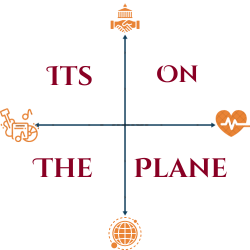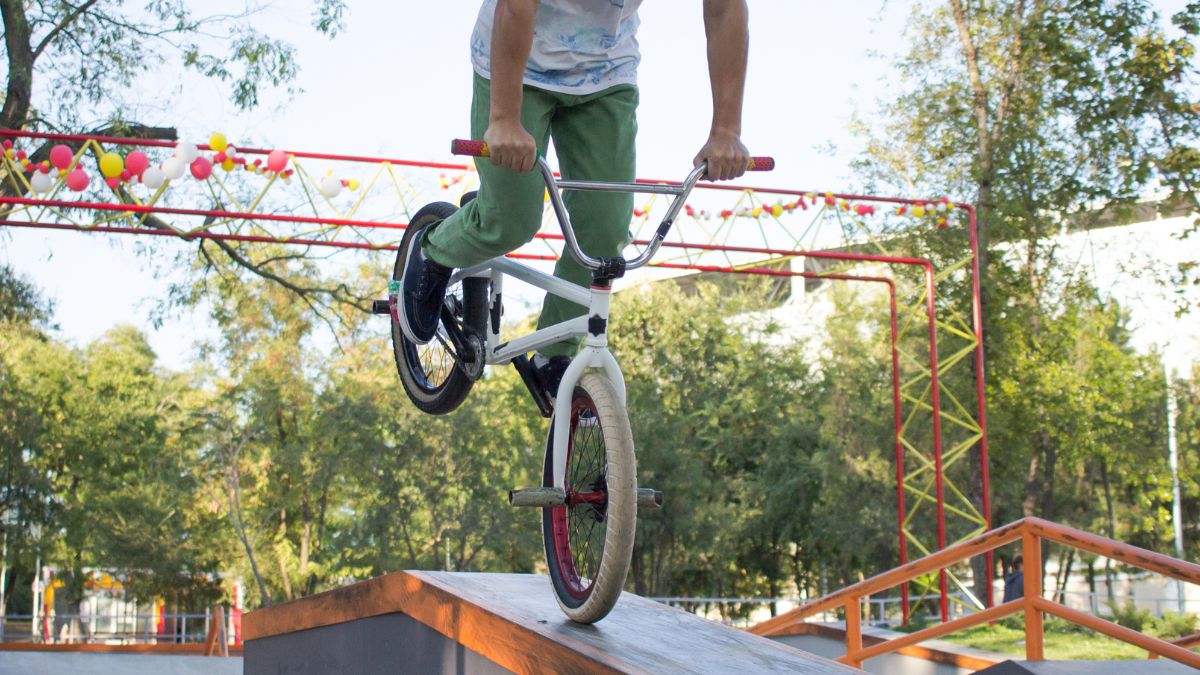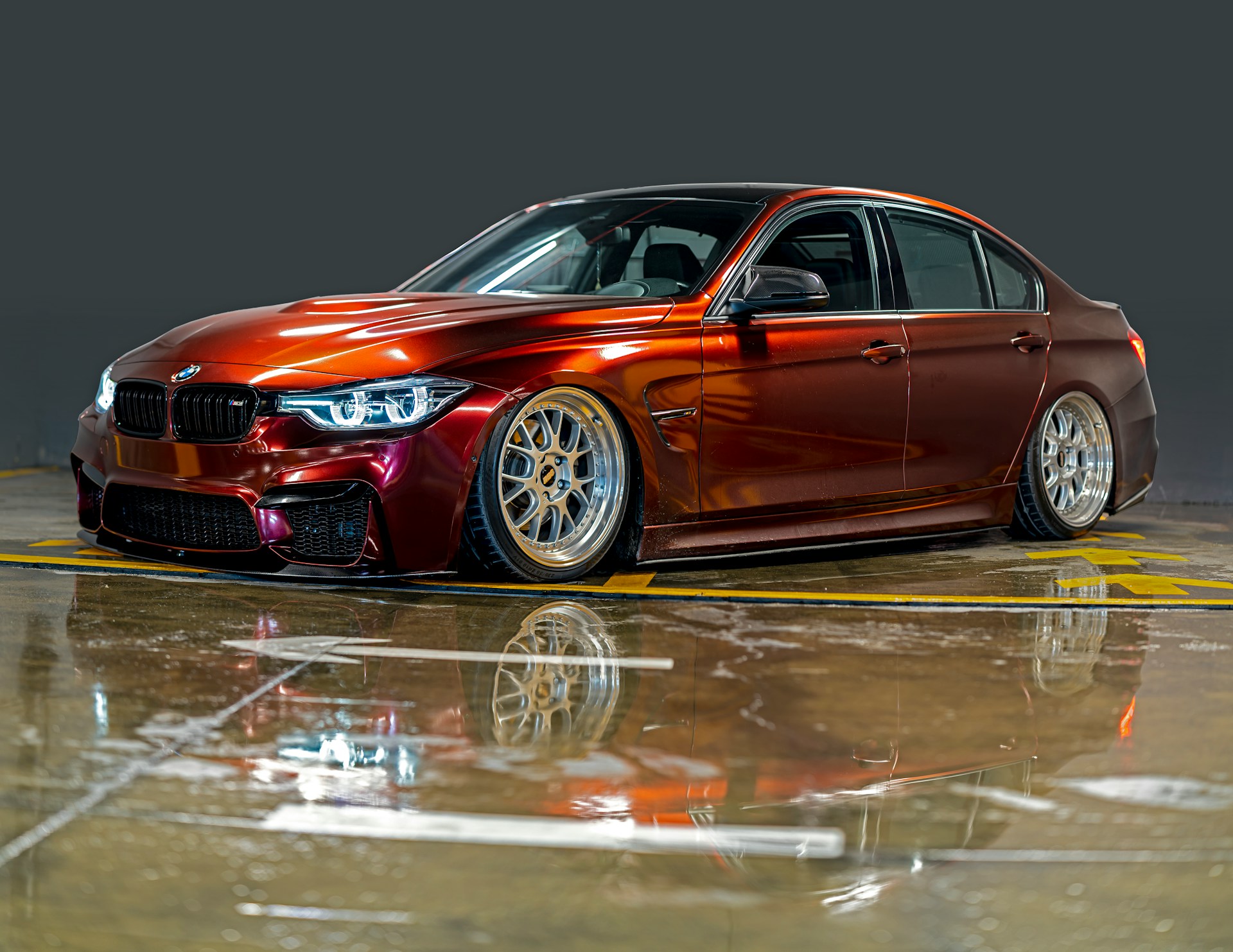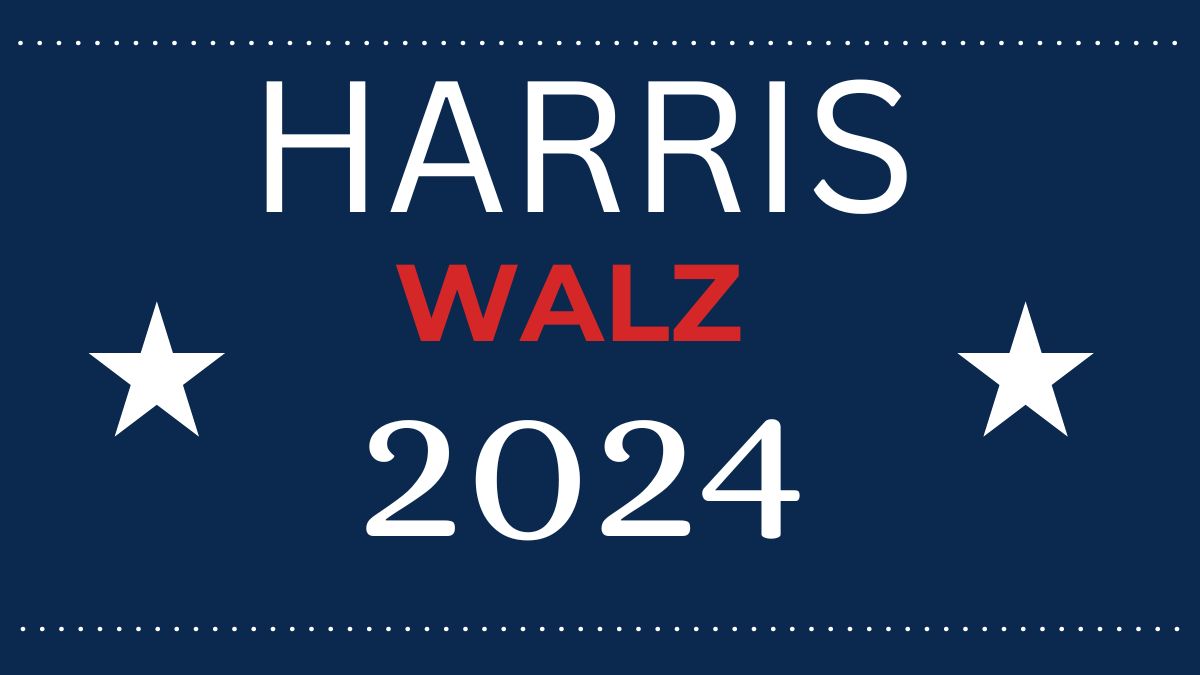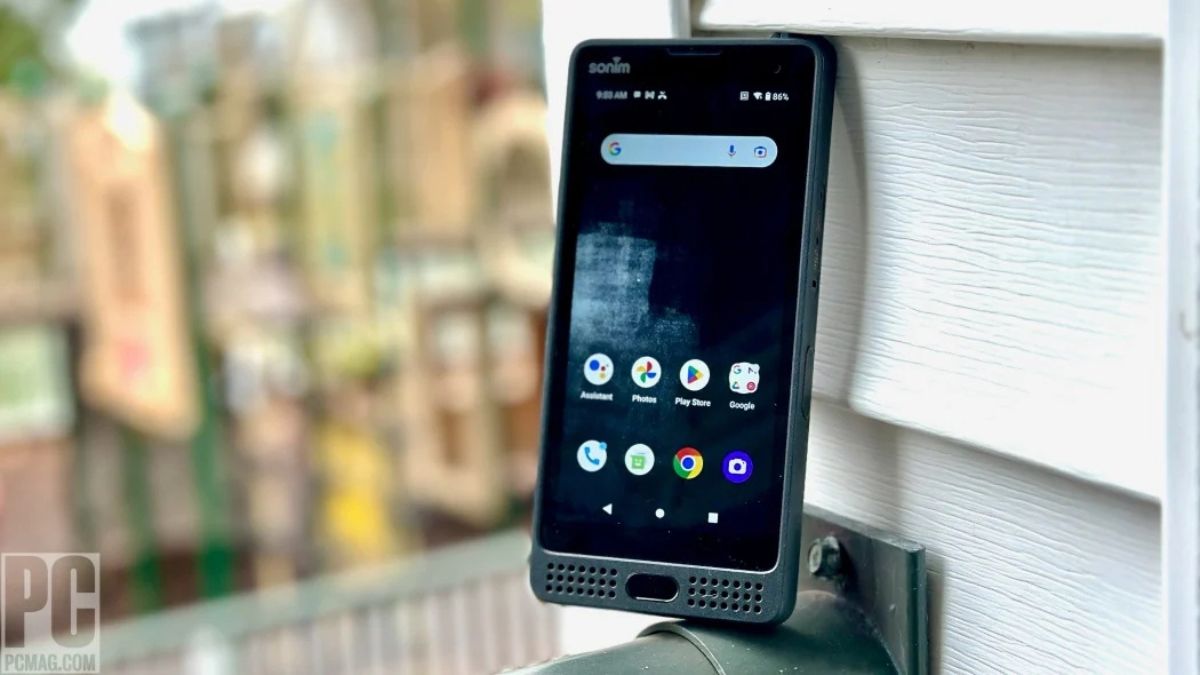BMX biking exploded in popularity during the 1980s, becoming not just a sport but a cultural phenomenon. Central to the BMX experience is the bicycle itself, particularly the handlebars. In this article, we will explore how wide BMX bars were in the ’80s, examining their evolution, significance, and the factors influencing their width during this iconic decade.
The Rise of BMX in the ’80s
The 1980s marked a significant time for BMX, with riders pushing the limits in racing, tricks, and freestyle. Manufacturers began to experiment with various components to improve performance and aesthetics. Handlebars, being a critical point of control, saw a wide range of designs and dimensions.
Key Features of ’80s BMX Bars
BMX handlebars were characterized by several features during this era:
- Material: Most bars were made from steel or aluminum, balancing strength and weight.
- Design: Many bars featured a distinctive “riser” style, allowing for better handling and comfort during jumps.
- Width: The width of BMX bars varied, reflecting the rider’s style and preference.
Standard Widths of BMX Bars in the ’80s
So, how wide were BMX bars in the ’80s? Generally, the width of BMX handlebars ranged from 24 to 30 inches, with the average width hovering around 26 to 28 inches. This range allowed riders to maintain control while executing stunts or racing.
Influential Brands and Models
Several brands emerged as leaders in BMX during the ’80s, influencing the design and width of handlebars:
- Haro: Known for their innovative designs, Haro handlebars were typically around 28 inches wide, appealing to both racers and freestyle riders.
- GT: GT BMX bikes featured handlebars that ranged between 24 and 30 inches, allowing for personalization based on rider preference.
- Redline: Their handlebars were slightly wider, often reaching up to 29 inches, providing extra leverage for tricks and jumps.
Transition from Racing to Freestyle
As BMX transitioned from strictly racing to a focus on freestyle, the demand for wider bars increased. Riders needed greater control for tricks, which influenced manufacturers to widen their designs. For instance, by the late ’80s, some bars reached widths of up to 30 inches, catering to the growing freestyle scene.
The Impact of Width on Performance
The width of BMX bars significantly impacts a rider’s performance. Wider bars offer:
- Stability: They provide a more stable grip, especially during jumps and tricks.
- Leverage: Wider bars allow for better leverage, making it easier to maneuver the bike.
- Comfort: Riders often find wider bars more comfortable, especially during long rides or competitions.
Conversely, narrower bars can allow for quicker turns and less wind resistance, appealing to racers. Thus, the choice of width became a matter of personal preference and riding style.
The Evolution of BMX Bar Widths
The late ’70s to early ’80s saw a gradual shift in BMX bar widths. Initially, bars were narrower, reflecting the focus on racing. However, as the sport evolved, so did the handlebars. By the mid to late ’80s, wider bars became more common.
Examples of Changing Trends
- Early ’80s: Bars around 24 inches were common for racers who prioritized speed and aerodynamics.
- Mid-’80s: Freestyle gained popularity, leading to wider bars of around 26 to 28 inches.
- Late ’80s: With the explosion of tricks and stunts, widths expanded further to 30 inches and beyond.
Expert Opinions
BMX industry experts emphasize the importance of handlebars in a rider’s setup. According to renowned BMX rider and designer Matt Hoffman, “The right bar width can transform your ride. It’s all about finding the balance between control and comfort.” This statement highlights the subjective nature of handlebar width and its impact on individual riding styles.
The Cultural Significance of BMX Bars
BMX bikes and their components, including handlebars, were more than just functional. They were a statement of identity. Riders often customized their bikes, and the width of the handlebars became a personal choice that reflected their riding style and attitude.
Customization and Style
Customization in the ’80s was a huge trend, with riders painting their bars or adding grips that matched their bike’s color scheme. Wider bars often became associated with more aggressive riding styles, while narrower bars were seen as more traditional.
Conclusion
Understanding how wide BMX bars were in the ’80s provides insight into the evolution of BMX culture and technology. The shift from narrower racing bars to wider freestyle handlebars mirrored the sport’s growth and diversification. By appreciating these changes, riders can better understand their equipment and the historical context of their favorite sport. Whether you’re a collector, a racer, or a casual enthusiast, knowing this history enhances your connection to BMX biking.
Frequently Asked Questions (FAQs)
1. What was the average width of BMX bars in the ’80s?
The average width of BMX bars in the ’80s ranged from 26 to 28 inches, with some reaching up to 30 inches.
2. Why did BMX bars become wider in the late ’80s?
Wider bars offered better control and stability for tricks, which became increasingly popular during that time.
3. Did all BMX brands have the same handlebar widths?
No, different brands had varying widths, with popular models typically ranging from 24 to 30 inches.
4. How did BMX bars impact riding performance?
Wider bars provided better leverage and stability, improving maneuverability for tricks and jumps.
5. Can modern BMX bars be used on ’80s bikes?
Yes, modern bars can fit older bikes, but riders should consider compatibility and personal preference for width.
